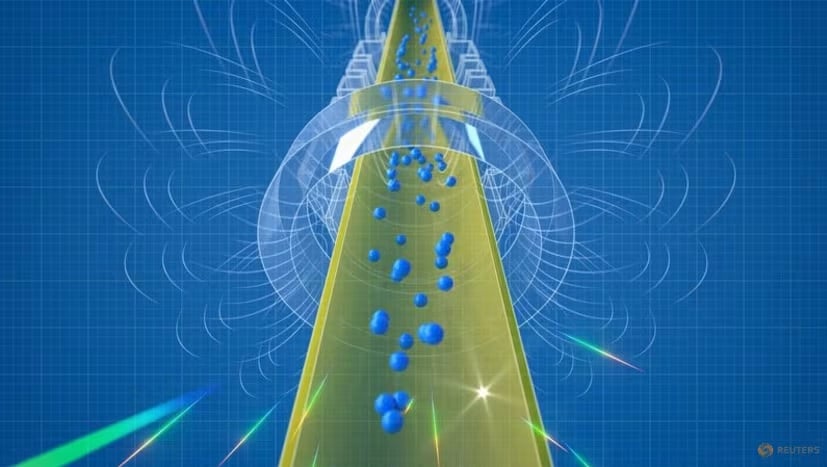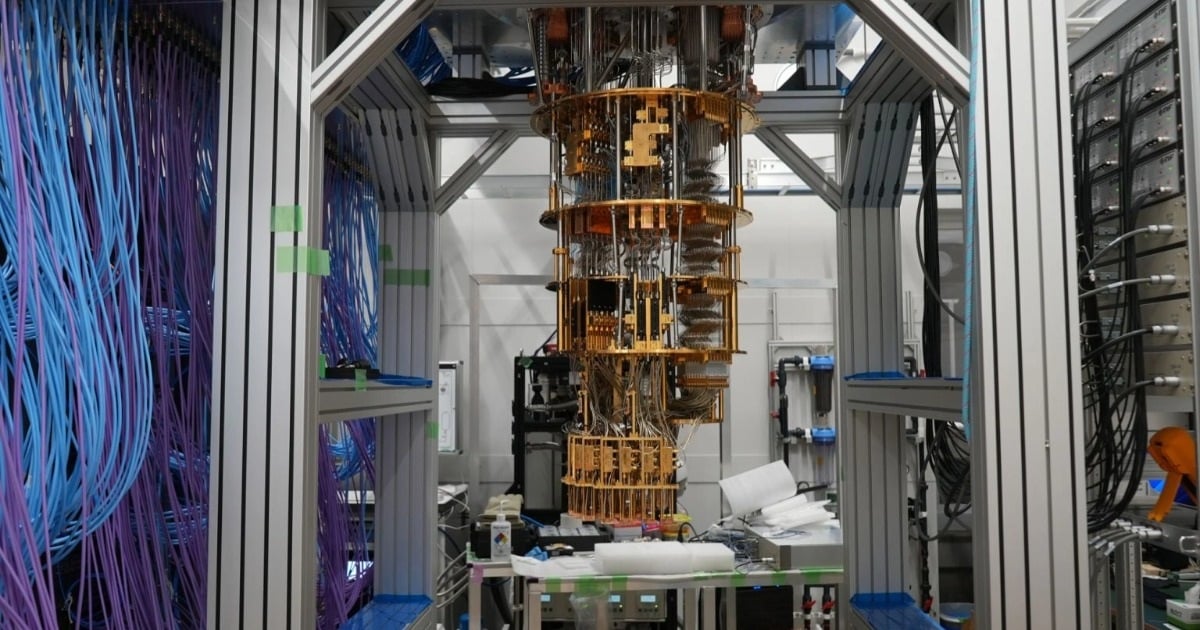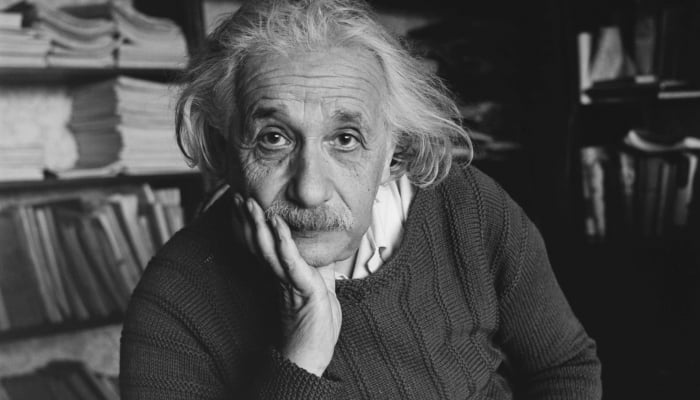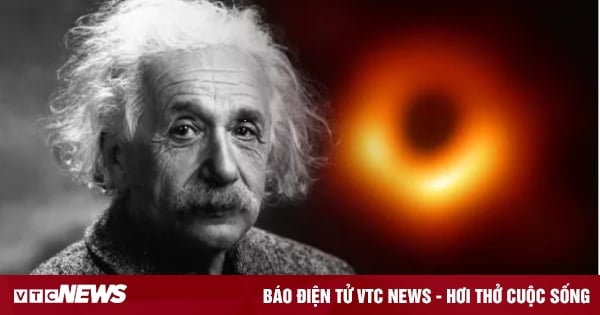But scientists are making important strides toward a better understanding of antimatter. Researchers said Wednesday (September 27) that they have demonstrated for the first time that antimatter reacts to gravity the same way matter does: by falling. The success of the experiment once again strengthens the general theory of relativity developed by the genius physicist Albert Einstein.

Simulation of antihydrogen atoms falling into the ALPHA-g instrument at the European Center for Nuclear Research (CERN) in Geneva, Switzerland. Photo: US National Science Foundation
As we know, everything we see, from planets and stars to poodles and lollipops, is made up of regular matter. Meanwhile, antimatter is the mysterious twin of regular matter, having the same mass but opposite electric charge.
Almost all subatomic particles, such as electrons and protons, have antimatter counterparts. While electrons have a negative charge, antielectrons, also known as positrons, have a positive charge. Likewise, while protons have a positive charge, antiprotons have a negative charge.
According to that theory, the Big Bang that started the universe should have created equal amounts of matter and antimatter. However, there seems to be very little antimatter — and almost none on Earth. What's more, matter and antimatter are incompatible. If they come into contact, they explode.
The experiment was carried out at the European Centre for Nuclear Research (CERN) in Switzerland by researchers from the Antihydrogen Laser Physics Facility (ALPHA) collaboration. It involved the antimatter counterpart of hydrogen, the lightest element.
“On Earth, most naturally occurring antimatter is created when cosmic rays — energetic particles from space — collide with atoms in the air and create matter-antimatter pairs,” said physicist Jonathan Wurtele of the University of California, co-author of the study published in the journal Nature.
This newly created antimatter only exists until it hits an atom of normal matter in the lower atmosphere. However, antimatter can be synthesized under controlled conditions, as in the ALPHA experiment.
The antihydrogen was contained in a cylindrical vacuum chamber and held in place by a magnetic field. The researchers turned down the magnetic field to release the antimatter to see if it would fall away from gravity. It behaved just like hydrogen under the same conditions.
“This result has been predicted by theory and indirect experiments… But no group has ever done a direct experiment where antimatter is dropped to see which direction it falls,” said UC Berkeley physicist and study co-author Joel Fajans.
When Einstein developed his general theory of relativity - a comprehensive explanation of gravity - he treated all matter as equivalent, meaning that antimatter would react the same way as matter. Antimatter was not formally discovered until 1932.
“I think this is a testament to the power of general relativity and its equivalence principles,” said physicist and study co-author William Bertsche of the University of Manchester in the UK, who conducted the experiments at CERN.
By demonstrating that antimatter and matter are attracted by gravity, the experiment ruled out a possible explanation for the previous scarcity of antimatter: that it was repelled to the other side of the Big Bang.
Finally, physicist Fajans came to the remark: “No matter how good the theory is, physics is still an experimental science.”
Hoang Hai (according to CERN, UNSF, Reuters)
Source






![[Photo] Prime Minister Pham Minh Chinh chairs the meeting of the Government Party Committee Standing Committee](https://vstatic.vietnam.vn/vietnam/resource/IMAGE/2025/8/23/8e94aa3d26424d1ab1528c3e4bbacc45)
![[Photo] General Secretary To Lam attends the 80th Anniversary of the Cultural Sector's Traditional Day](https://vstatic.vietnam.vn/vietnam/resource/IMAGE/2025/8/23/7a88e6b58502490aa153adf8f0eec2b2)

































































































Comment (0)